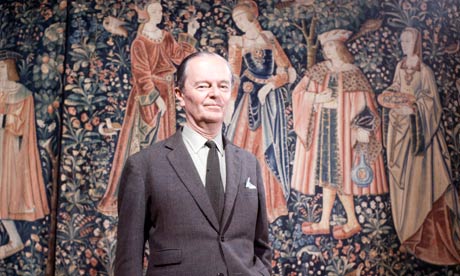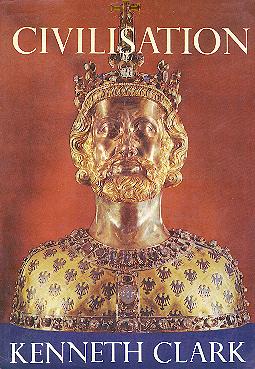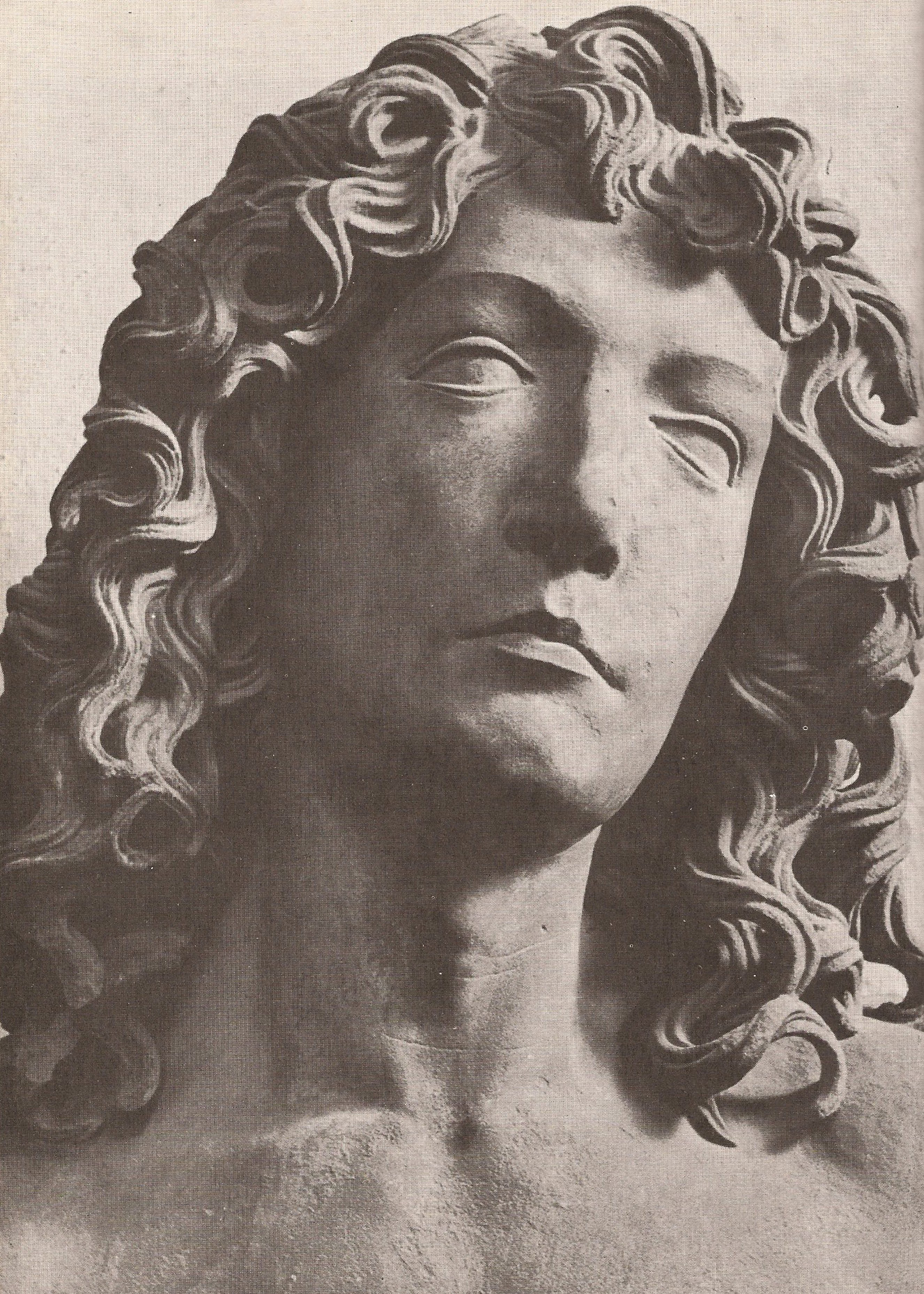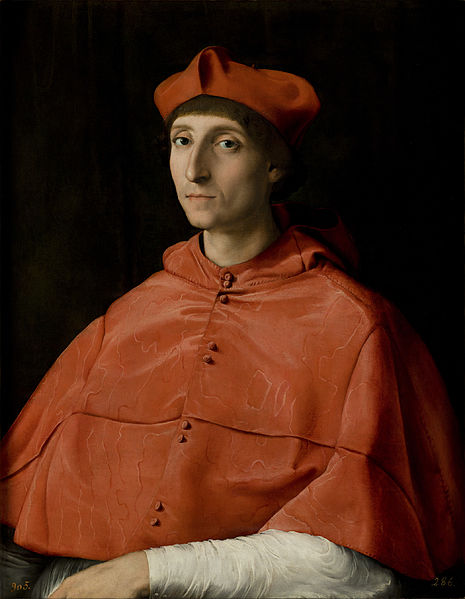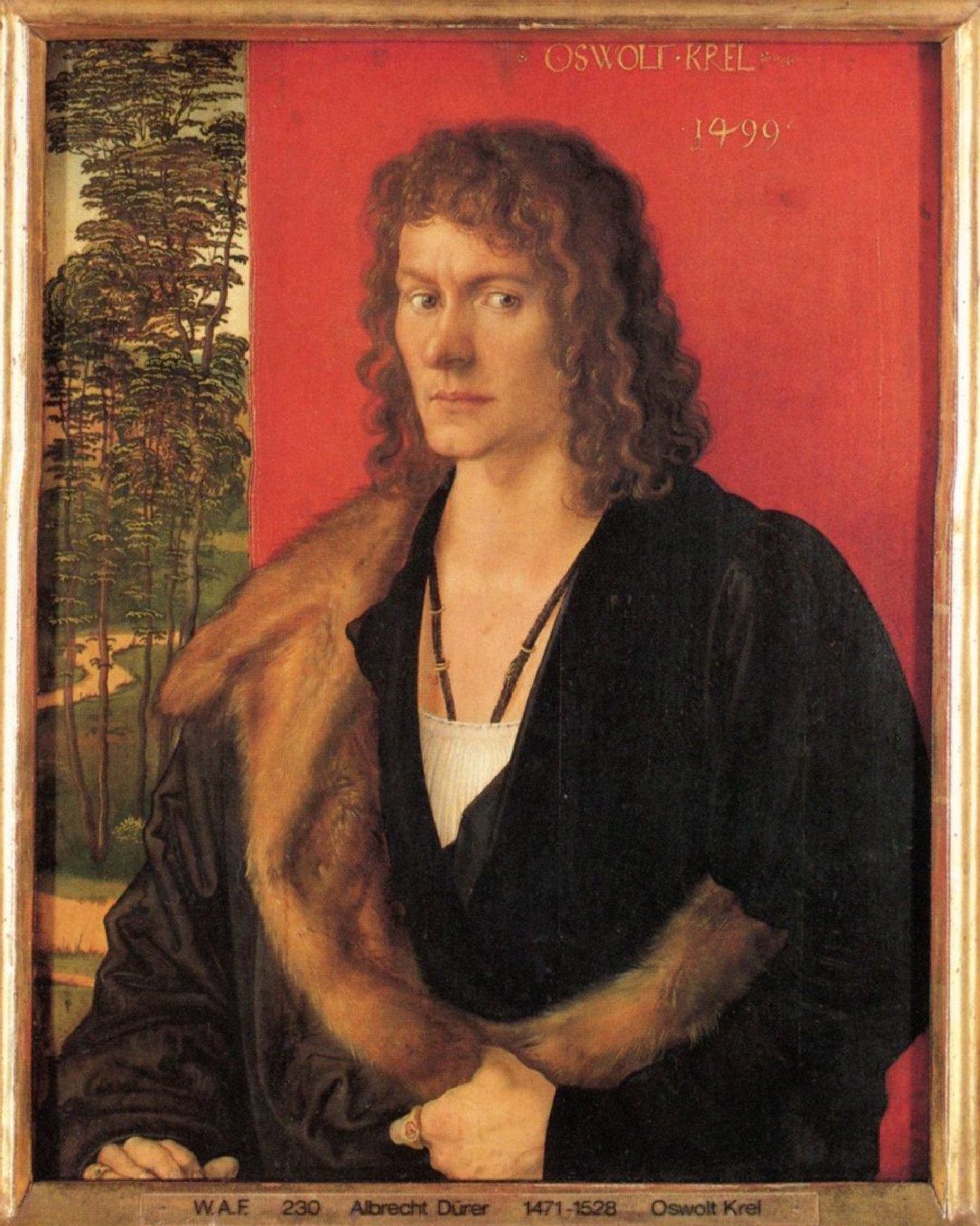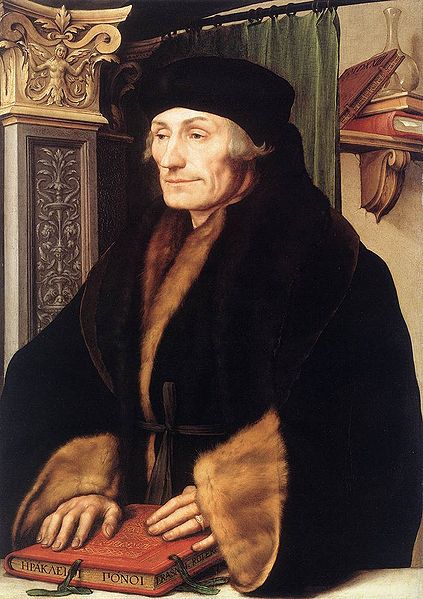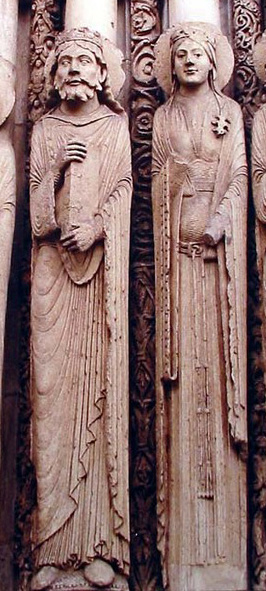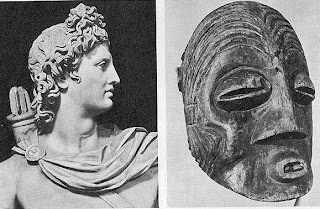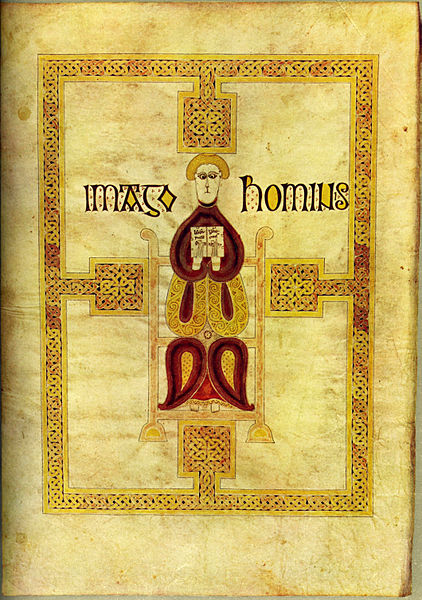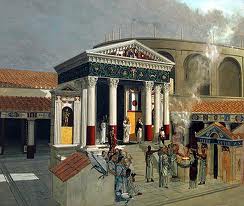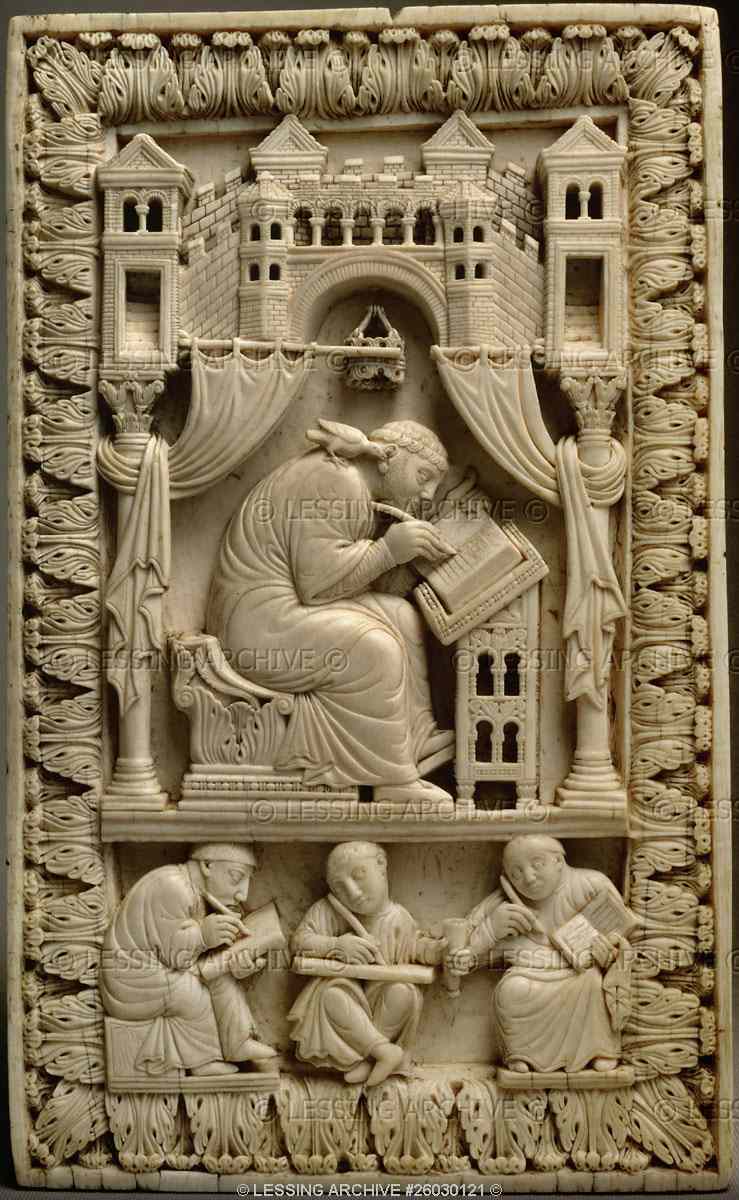The second book of Kevin MacDonald’s study on Jewry, Separation and its Discontents: Toward an Evolutionary Theory of Anti-Semitism (1994/2002), the first of his trilogy to be translated to German, is my favorite of MacDonald’s three academic works that I read in more than two years. Professor MacDonald is the foremost scholar on the Jewish question. In Separation and its Discontents (hereafter SAID) he wrote:
Western societies, unlike prototypical Jewish cultures, do not have a primitive concern with racial purity. Rather, concern about racial purity emerges only in the late stages of Jewish-gentile group conflict…
Despite a great deal of commonality among Western anti-Semitic movements, there was a great difference between the universalistic, assimilatory tendencies of traditional Western Christianity and the exclusivistic, racialist program of National Socialism. Indeed, we have seen that beginning in the 19th century an important aspect of German anti-Semitic ideology was a criticism of Western universalism and the development of peculiarly German conceptions of Christianity. A critical component of official National Socialist ideology, as represented in the thought of Alfred Rosenberg, was the idea that “the twin forces of disintegration, namely universalism and individualism, act in perpetual conflict with the Germanic concept of race.” In this regard, National Socialism was indeed profoundly anti-Western. In rejecting both universalism and individualism, National Socialism resembled, much more closely than did medieval Western collectivist Christianity, its mirror image rival, Judaism. [page 196]
In a previous chapter MacDonald had written:
We shall see that with the rise of the National Socialist movement in Germany, the universalist themes of Western Christianity were completely overthrown in favor of a full-blown racialist ideology of the ingroup. In Chapter Five I will argue that National Socialism is a true mirror-image of Judaism. Not surprisingly, it was also the most dangerous enemy that Judaism has confronted in its entire existence. [page 133]
One of the hypothesis advanced in SAID provides food for thought. MacDonald wrote, “I propose that the Christian church in late antiquity was in its very essence the embodiment of a powerful anti-Semitic movement…” (page 112). This is something I had never heard of, and reminds me my first readings of psychohistory and Lloyd deMause’s insights on why the Christ archetype galvanized the population of the ancient world, although MacDonald’s hypothesis is totally distinct and is presented from an altogether distant point of view. But after digesting what both deMause and MacDonald say, for the first time I feel I am starting to comprehend facets of Christianity that would have never occurred to me from a conventional reading to history. If MacDonald is right, the Roman Catholic Church was the earliest attempt toward a type of society that we may call collectivism for European-derived peoples.
Although Christianity always held universalist ideals at its core, it nonetheless fulfilled its role of impeding, as did the Muslim nations, that Judaism became a destructive force for the indigenous culture of the Late Roman Empire and the Early Middle Ages. One of the facts that I learnt in SAID is that most restrictions enacted against Jewry, initiated in the period from Eusebius to Justinian, were still active throughout Christendom until the French Revolution hit the continent with its egalitarian fury. It was precisely the so-called Enlightenment (that presently some Western dissidents are starting to call “the Dark Enlightenment”) what inspired the founding fathers of the United States of America. And contrary to those white nationalists who still insult the memory of Adolf Hitler and the movement he created, I would claim that the mortal sin of the French Revolution, the emancipation of Jewry, was not properly atoned in Europe until the arrival of a specifically racial ideology: National Socialism.
But not only Nazi Germany has been demonized in the public mind. The Inquisition is widely regarded as a black page in the history of the Church even by the most Catholic individuals that I know. In contrast to such view MacDonald presents us with a radical reevaluation of what was precisely the role of the Inquisition. On page 147 he states: “I here develop the view that the Spanish Inquisition was fundamentally an authoritarian, collectivist, and exclusionary movement that resulted from resource and reproductive competition with Jews, and particularly crypto-Jews posing as Christians.” One could even argue that, thanks to the Inquisition, for three-hundred years before the movement of independence that gave birth to Mexico, New Spain (1521-1821) was Judenfrei.
While reading SAID I could not escape the thought that whites are un-insightful because, unlike the Jews and with the exception of William Pierce and Arthur Kemp (see the long chapters in this book quoting them), very few have knowledge of the history of their race. If we take into account that, in one of their holydays, New York Hassidic Jews celebrate their victory over the ancient Greeks who tried to assimilate them millennia ago, a basic question comes to mind: Why don’t we celebrate the victory of Antiochus IV over the Jews, or Titus’ conquest of Jerusalem?
Bust of Antiochus IV
We do not celebrate these victories precisely for the reason that both Kemp and Pierce explain so well: neither the Greeks nor the Romans exist today. What we call contemporary Greeks or Romans are the product of centuries of blood mixing that devalued not only the genotype of the original Indo-European population, but their extended phenotype as well: the Greco-Roman hard ethos and their galvanizing mythos mostly reflected in the Homeric tales. The Greeks and Romans who embraced Christianity were a totally different breed of the pure Aryans of Sparta or the austere Latins of the Roman Republic (see e.g., the essays that I translated from Evropa Soberana in later chapters of this book).
MacDonald himself acknowledges on page 190 that “the Jews have continued as a creative race into the present, while the Greeks gradually merged with the barbarians and lost their distinctiveness—a point remarkably similar to Chamberlain’s ‘chaos of peoples’ in which the decline of the ancient world is attributed to loss of racial purity.” Conversely, I would say that since the Jews have conserved their genotype almost intact throughout the millennia they are able to celebrate their Maccabean revolt as if it was yesterday. In other words, had whites preserved their genes intact, some of us might still be celebrating Antiochus’ victories over the subversive tribe; or, if we knew our history with the same passion that Jews know theirs, we might still be celebrating the fall of the Temple of Jerusalem in 70 AD, or the more recent expulsion of the tribe from the Iberian peninsula.
What conventional historians ignore is that, once the Church lost its power to sell a worldview after the late 18th and early 19th centuries, our genetic individualism placed us at the mercy of a collectivist tribe.
Fortunately, the ethno-traitorous West has committed financial blunders in the 20th and 21st centuries. The dollar and all fiat currencies of the West will crash probably in this decade (I am reviewing this essay in 2014), which means that there is hope that some of us will start to understand the Jewish problem in a post-crashed world. On page 10 of SAID MacDonald says that “in congruence with the results of social identity research, anti-Semitism is expected to be most prominent among those most in competition with the Jews and during times of economic crisis.”
Although most readers of MacDonald treasure The Culture of Critique, the third and last of his trilogy on Jewry as their favorite book of this collection, I believe that MacDonald’s work should be read from the beginning. A People that Shall Dwell Alone, Separation and its Discontents and The Culture of Critique can help us, using William Pierce’s metaphor, to “see the forest” with crystal-clear vision.
Remember Pierce’s words? If we don’t try to understand the Jews we can never really understand what is happening to our race and our civilization. Professor MacDonald’s voluminous texts have done the hard work for us—both the trilogy and his webzine The Occidental Observer—in a scholarly and yet entertaining way.

